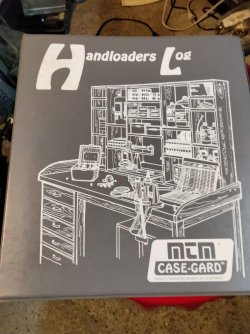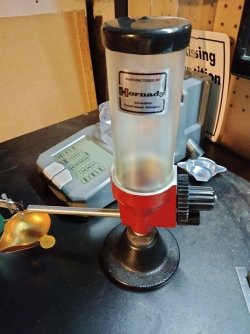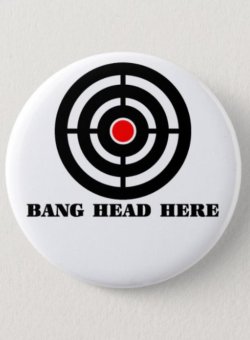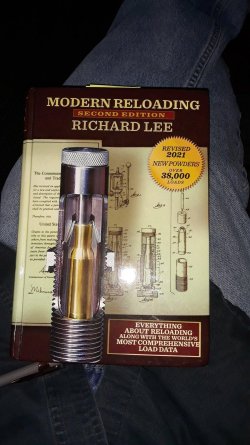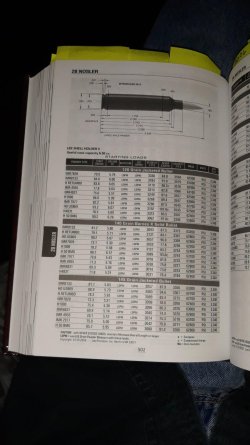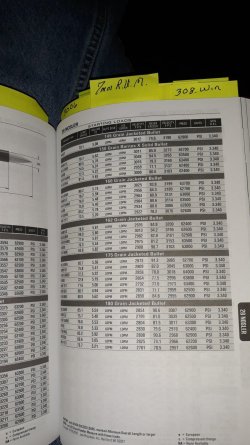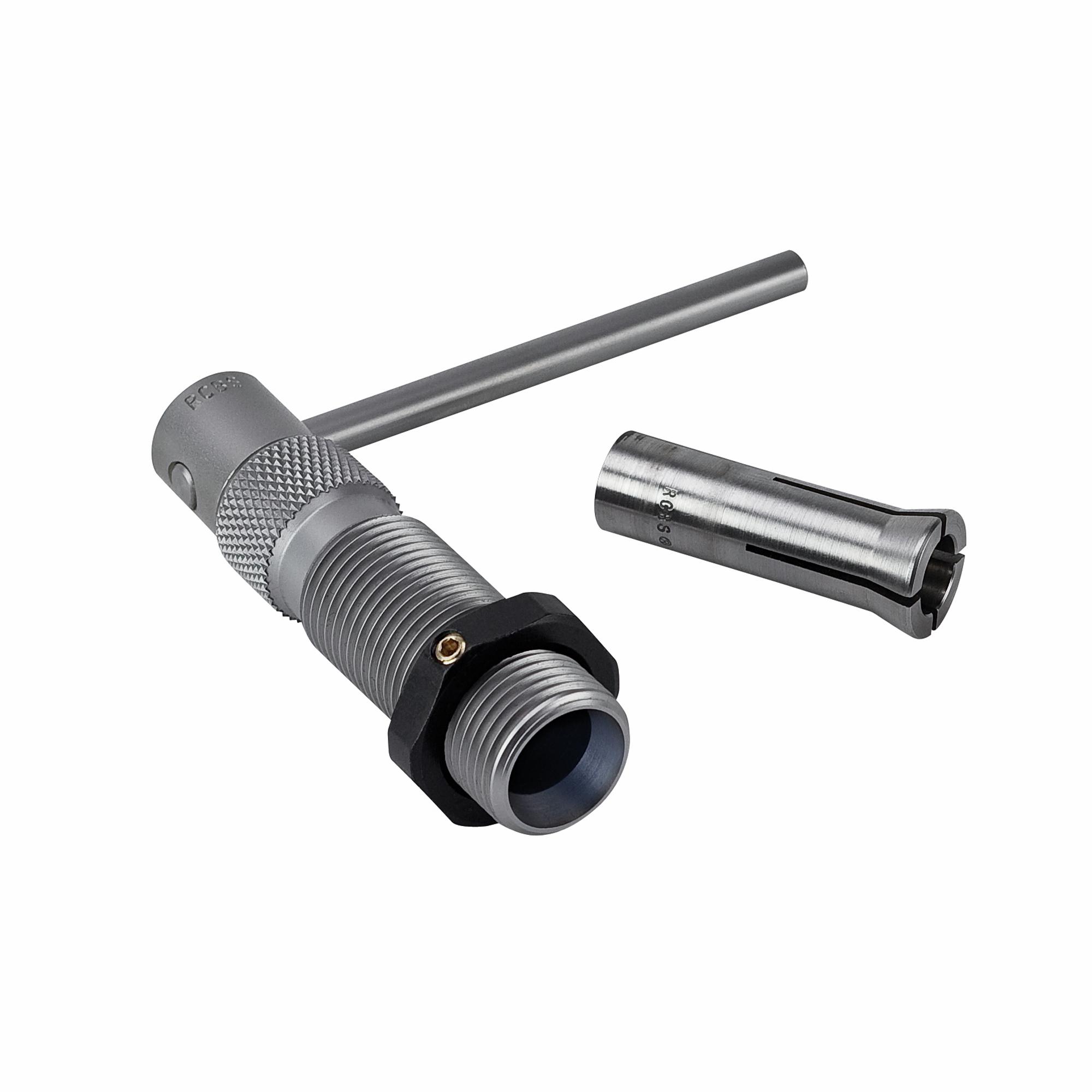std7mag
Well-Known Member
I'd suggest a shelving unit and some plastic bins.
You start with loading for one cartridge, then before you know it, your loading for all the cartridges you shoot.
A 3 ring binder with separators to keep notes on your loads!!
Even for testing loads that you find out you don't want to use, should be written down!
You'll want to keep information such as cartridge, case headstamp, bullet, powder, powder charge, primer, COAL!!
As far as tricklers go, i bought one of Hornady's, and love it!
Large hopper. Tall to be over your weight tray, and 2 speeds.
A box of Q-Tips comes in handy also.
One or two of the large plastic pretzel jars work well for sorting out the cases you end up with for recycling.
Don't forget to check out the yard/garage sales, and flea markets in your area also!
Like Ollies, you can find good stuff, cheap!
You'll hear the "buy once, cry once" BS a LOT!
Usually from people that don't realize that there are different levels of budget.
But none of my shoes say Nike, or Vans on them either.
The inexpensive equipment works well also. Just not paying for the name.
You start with loading for one cartridge, then before you know it, your loading for all the cartridges you shoot.
A 3 ring binder with separators to keep notes on your loads!!
Even for testing loads that you find out you don't want to use, should be written down!
You'll want to keep information such as cartridge, case headstamp, bullet, powder, powder charge, primer, COAL!!
As far as tricklers go, i bought one of Hornady's, and love it!
Large hopper. Tall to be over your weight tray, and 2 speeds.
A box of Q-Tips comes in handy also.
One or two of the large plastic pretzel jars work well for sorting out the cases you end up with for recycling.
Don't forget to check out the yard/garage sales, and flea markets in your area also!
Like Ollies, you can find good stuff, cheap!
You'll hear the "buy once, cry once" BS a LOT!
Usually from people that don't realize that there are different levels of budget.
But none of my shoes say Nike, or Vans on them either.
The inexpensive equipment works well also. Just not paying for the name.

